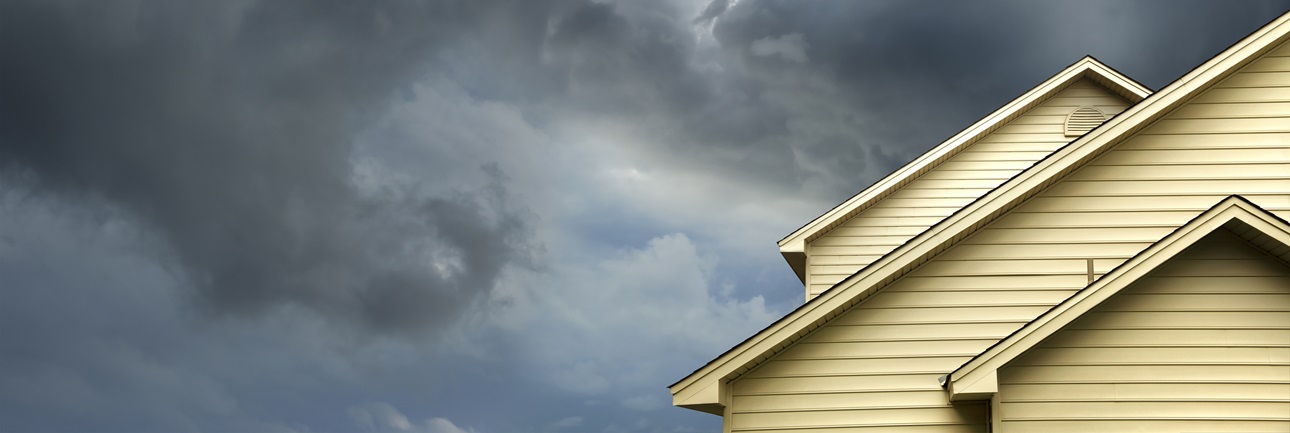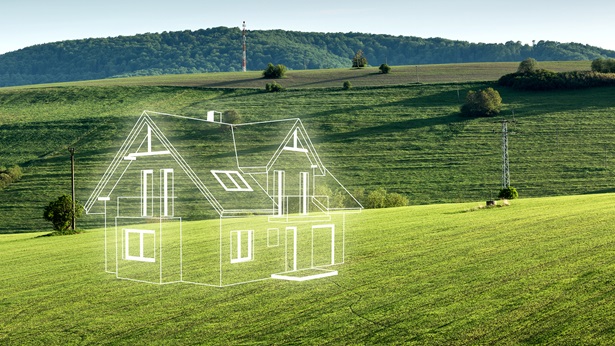Building regulations in most states and localities include provisions to protect homes and their occupants from severe weather events and other natural hazards. The number of significant natural disasters over the past few years combined with concerns over the effects of changing weather patterns and climate change have led to calls by some to do more.
NAHB is fully supportive of the continuing efforts to improve the nation’s resiliency and its capacity to respond to catastrophic events, but cautions that care must be taken to ensure that these initiatives:
- are focused on the highest risk areas and structures,
- be based on sound scientific data,
- rely on a clear methodology, and
- consider the financial and administrative impact of new regulations.
Policy Statement
NAHB supports a comprehensive approach to addressing natural disasters and their effects on the entire housing stock of the United States while reducing the costs associated with natural disasters.
NAHB supports initiatives focused on implementing cost-effective, market-driven solutions that encourage greater resiliency in the nation’s housing stock — while preserving housing affordability and maintaining the availability of buildable land.
Why it Matters
Natural disasters disrupt hundreds of thousands of lives per year, and have lasting effects on people and property. In an effort to reduce the impacts associated with these events, many federal, state and local governments have, or are considering, adopting policies and programs to increase community resilience, reduce property damage and costs of reconstruction, as well as insurance claim and disaster assistance payouts. To date, these actions have included ordinances that disallow new construction in certain areas, laws establishing mandatory hazard mitigation requirements, and the adoption of more stringent building codes, among others.
These approaches should be developed with input from the home building industry, which is greatly affected by both the impacts of natural disasters and the policies developed to mitigate damages and promote economic recovery.




